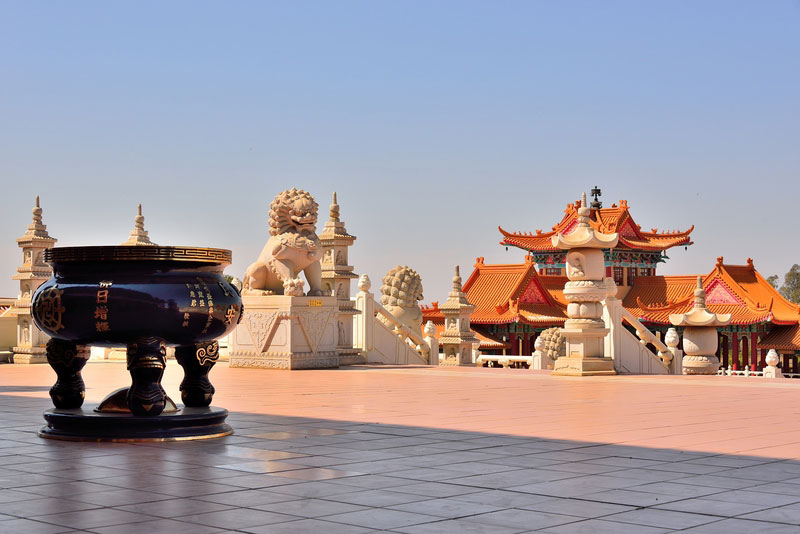Getting The Johannesburg North Attractions To Work
Getting The Johannesburg North Attractions To Work
Blog Article
Things about Johannesburg North Attractions
Table of ContentsJohannesburg North Attractions Fundamentals Explained4 Simple Techniques For Johannesburg North AttractionsJohannesburg North Attractions Can Be Fun For EveryoneThe Ultimate Guide To Johannesburg North AttractionsJohannesburg North Attractions Things To Know Before You Get ThisIndicators on Johannesburg North Attractions You Need To Know
The city expanded on the side of the Witwatersrand Key Reef, a subterranean stratum of gold-bearing quartz-silica corporation that arcs for hundreds of miles beneath the Highveld - Johannesburg North attractions. Most of the gold mines in the city discontinued procedure in the 1970s, however in its day the Witwatersrand gold market accounted for more than 40 percent of the world's yearly gold manufacturing.Johannesburg has a warm climate. The city delights in concerning eight hours of sunlight per day in both winter season and summertime.
What rainfall the city receives drops practically exclusively in the summertime, typically in incredible late-afternoon electrical storms. Air air pollution positions a considerable issue, especially in the cold weather, when thermal inversions hinder the westward circulation of air from the Indian Sea. Air pollution is most serious in the largely cleared up Black townships on the city's perimeter, where many citizens still count on coal for fuel.

10 Easy Facts About Johannesburg North Attractions Shown
The balance of the city is inhabited by whites. Lodging varies in personality and top quality.
Physical development, although rather limited by transportation, proceeded swiftly as immigration to South Africa, and Johannesburg in specific, raised significantly. This problem was addressed in the 1930s when the auto was introduced in automation to South Africa. Automobiles were, generally, confined to the affluent, and allowed them to relocate to the north of the city and commute into the centre.
Most bad suburban areas were combined, with poor blacks and whites living with each other, although the wealthy suburban areas were typically booked for whites.
The previous system of eleven phoned number regions was reorganised in 2006. Marshalltown, as seen from the top of the Carlton Centre. The M1 and M2 run behind the buildings, and the southerly residential areas expand past the freeway border. The inner city of Johannesburg is located within the city's Area F. The estimated population of the area is 200,000, [] yet the variety of people living in the central city on a casual basis is unidentified, as numerous are unlawful immigrants. The majority of higher-income homeowners and white people have actually transferred to the northern residential areas and have actually been changed by lower-income black individuals. The unemployment, education, and age accounts of the location are all unidentified, due to the trouble of getting trusted details about the location.
The smart Trick of Johannesburg North Attractions That Nobody is Talking About
Yeoville and Bellevue have a mix of apartment and solitary household units on tiny lots. The region is located on a hilly divide that runs from east to west. One of the most noticeable geographic function is Observatory Ridge, which is called for the huge observatory situated on it. The recreational rooms are no much longer used, due to protection troubles.

The Main Principles Of Johannesburg North Attractions
The eastern residential areas view are some of the oldest areas of Johannesburg, there are huge communities of Jewish and other European histories, the bulk of the populace is English speaking. There are 3 golf programs as well as a number of safeguarded ridges with viewsites.
Initially built to house male migrant employees, lots of have been improved as houses for pairs and households. The suburb was not historically enabled to produce work centres within the area, so almost all of its locals are travelers to click resources other components of the city.
Johannesburg North Attractions for Beginners
The N1 Western Bypass links the north suburban areas with the north-western suburban areas. The domestic areas in the north suburbs are primarily official, with no considerable areas of informal real estate, or real estate that lacks a permanent framework. Although this is a well established area, there is a pattern of land usage change from household to industrial, especially along main arterial roadways and around well established nodes.
Roads to the eastern and west are much less well created, as there are no highways travelling in that direction. Towards the north border of the city, the density of growth reduces, leaving big locations of untaught land around Midrand.
The Facts About Johannesburg North Attractions Revealed
The initial residential area to the north of the central city is Parktown, which is situated on a hillside forgeting the central city and Hillbrow. It has several rich residents and Edwardian-style estates, check out this site as well as the Education and learning and Medical universities of the University of the Witwatersrand. The huge concrete Charlotte Maxeke Johannesburg Academic Healthcare Facility controls the horizon of Parktown.
Report this page